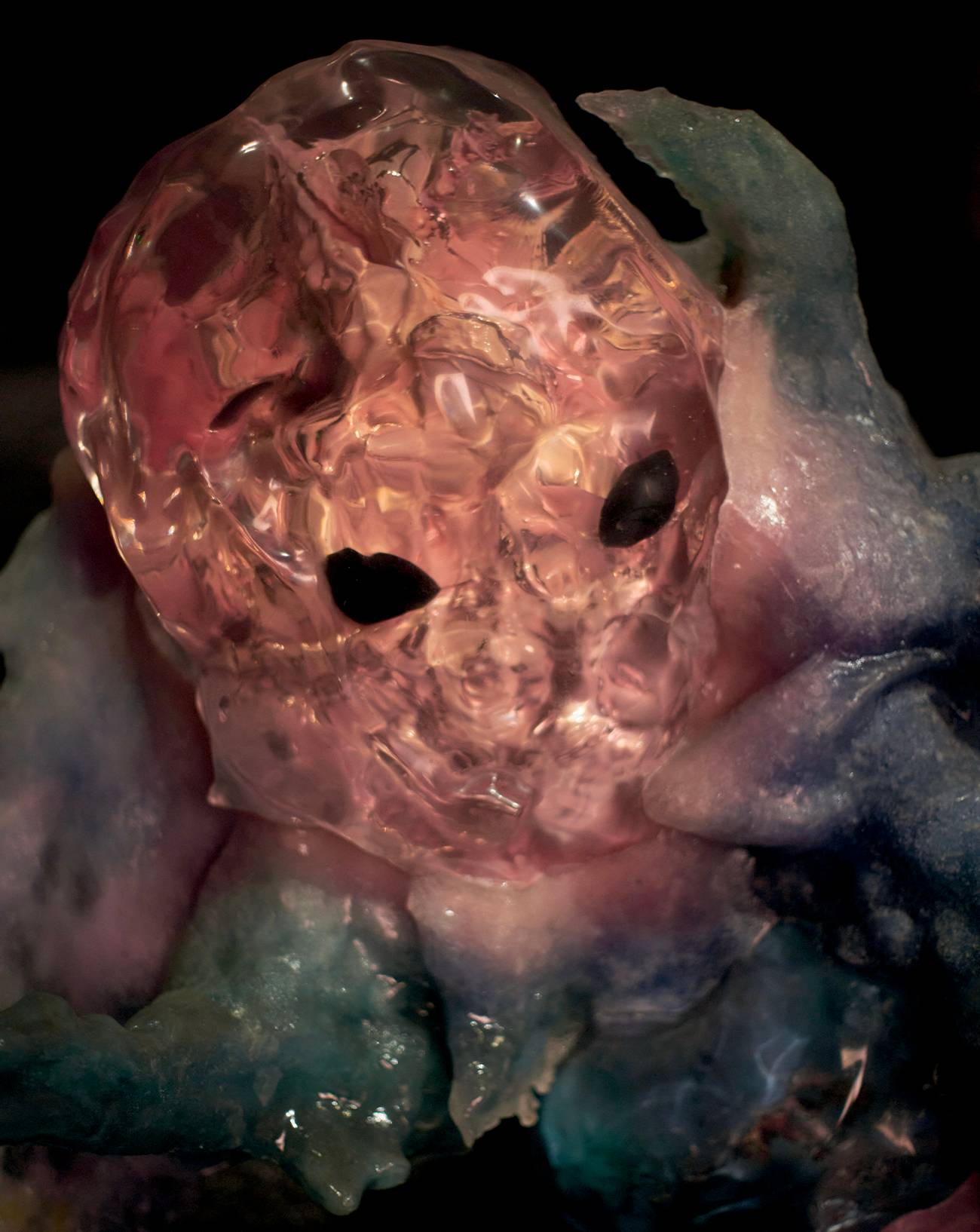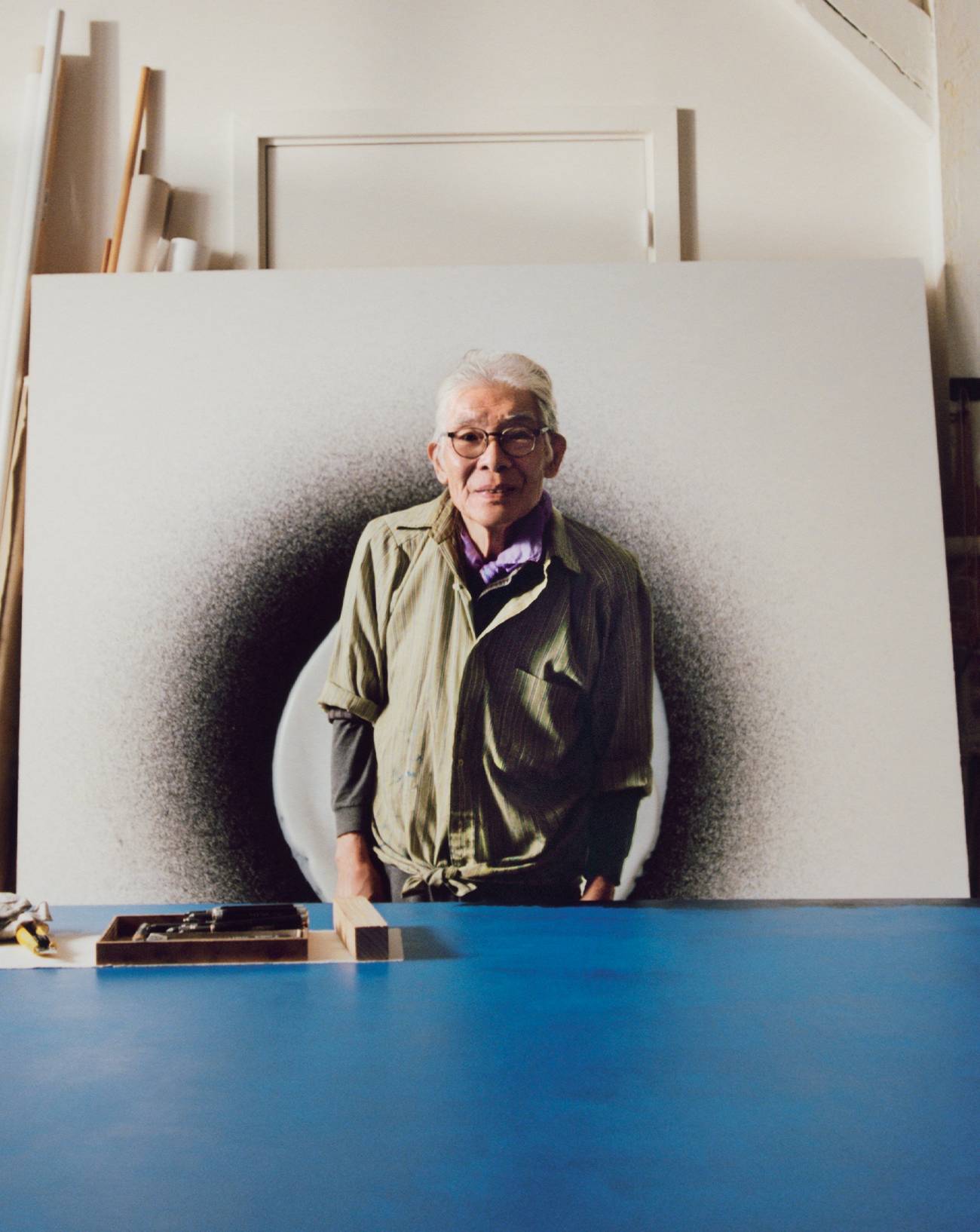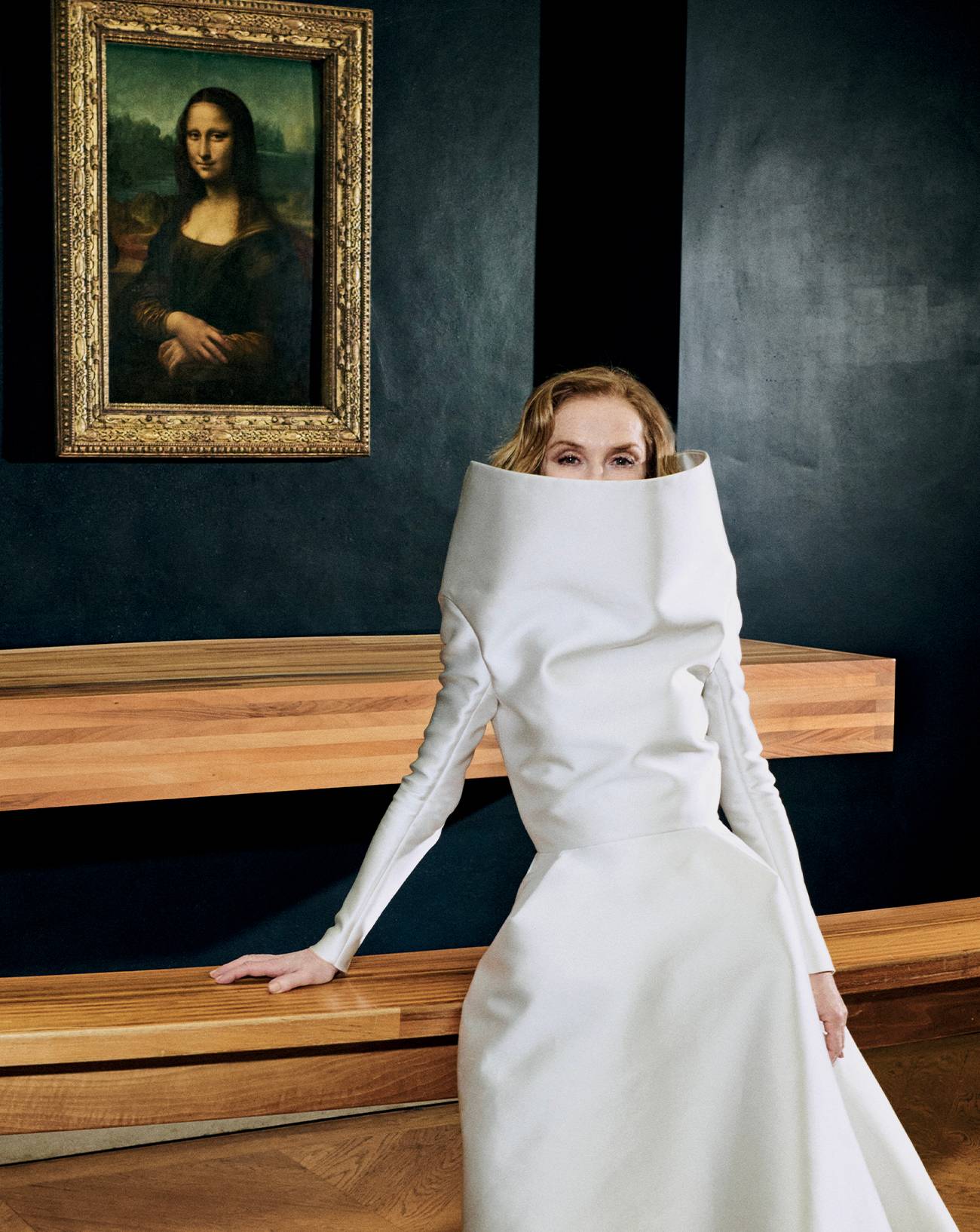Featuring never-seen work, the photographer’s first Parisian solo show takes visitors on a journey through his extraordinary five-decade career. Curated by the Palais Galliera, the exhibition traces the rise of a fashion photographer with a unique sensibility.
Over 140 exceptional shots – both prints and Polaroids selected from his archives – demonstrate the full range of his collaborations with prestigious magazines. Thanks to his aesthete’s gaze, each image is infused with a melancholy grace whose poetry goes beyond trends and reaches for posterity.
Paolo Roversi at the Palais Galliera
He is not, strictly speaking, a fashion photographer. Since moving to Paris, in 1973, Paolo Roversi has built up an œuvre with and through fashion, capturing, beneath all the industry’s noise and agitation, a melancholy poetry that imprints itself on the memory.
As curated by the Palais Galliera, this first Parisian retrospective of his work underlines his total commitment to a personal necessity, an indefatigable search for beauty involving no pre-established method or recipe. Preparation for the show began before, and was delayed by, COVID-19, during which time it was in search of a title; in the end, its curators decided not to bother with one.
“It could have been called A Story Without a Narrative Thread, says Roversi, “because, like my work, there’s no red thread that weaves through it. Sylvie Lécallier and I went through my archives, took the time to think things through together, and chose a certain number of images that we decided not to organize chronologically.”
Fashion photography between abstraction and poetry
Setting out to give space to the emotions triggered by the photographs, and seeking to avoid smothering them with too much pedagogy or narration, Lécallier’s curation allows a specificity of Roversi’s work to emerge without labouring the point. “Mixing different periods of his work brings out the timeless character of his photographs,” she explains.
“Some of them look like they could have been taken in the 19th century, others now. The fact that his images are so hard to date is a real paradox in the context of fashion.” Roversi’s sensibility acts like a sort of abstraction of the present.
An admirer of the 19th-century portraitist Julia Margaret Cameron, whose melancholy female faces strike us with their eternal beauty, but also of Diane Arbus, who celebrated vulnerable freaks and marginals in her black-and-white prints, Roversi has created his own idiosyncratic world where the urgency and hysteria of fashion recede of their own accord.
I like ambiguity, and I walk the line that separates the masculine and the feminine, and shadow and light, looking for beauty” Paolo Roversi
At his studio in Paris’s 14th arrondissement, he works to the slow time imposed by large-format chamber cameras, and for many years used Polaroids – before transposing his vision to digital technology – which wash out the colours and attenuate the contrasts in black and white.
Where Richard Avedon or Irving Penn developed a signature lighting style, Roversi is constantly reinventing his, welcoming accidents and creating his own palette of pictorial colour that is entirely detached from realism.
“I like ambiguity, and I walk the line that separates the masculine and the feminine, and shadow and light, looking for beauty. I find it; I lose it; I approach it; then I step away. To my eyes, beauty remains mysterious, and I like it that way.”
Roversi’s work – the œuvre of a poet as much as a photographer – remains ineffably fascinating, a life force that has travelled intact through 50 years of fashion.
Paolo Roversi, Palais Galliera, Paris, 16 March–14 July, www.palaisgalliera.paris.fr








